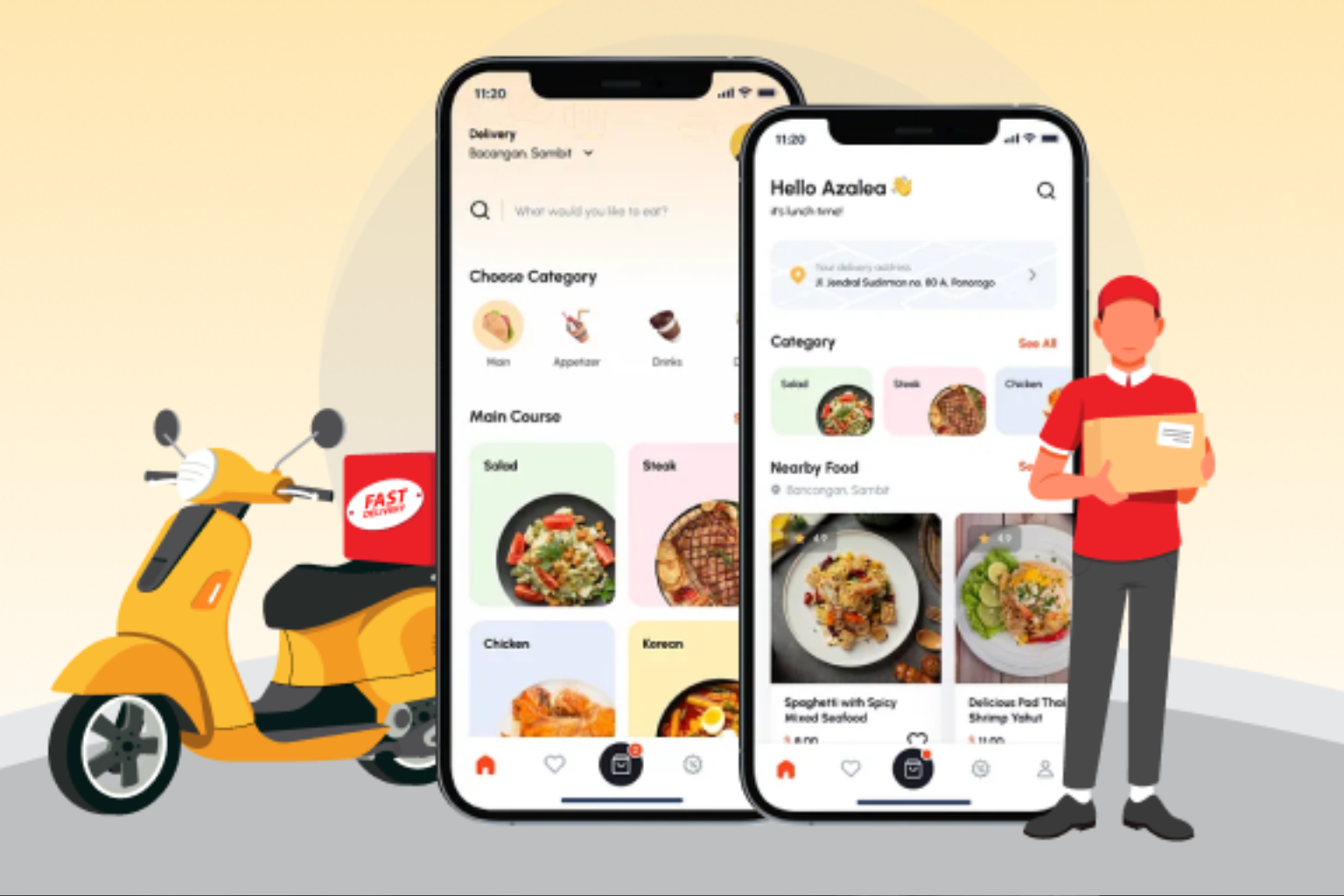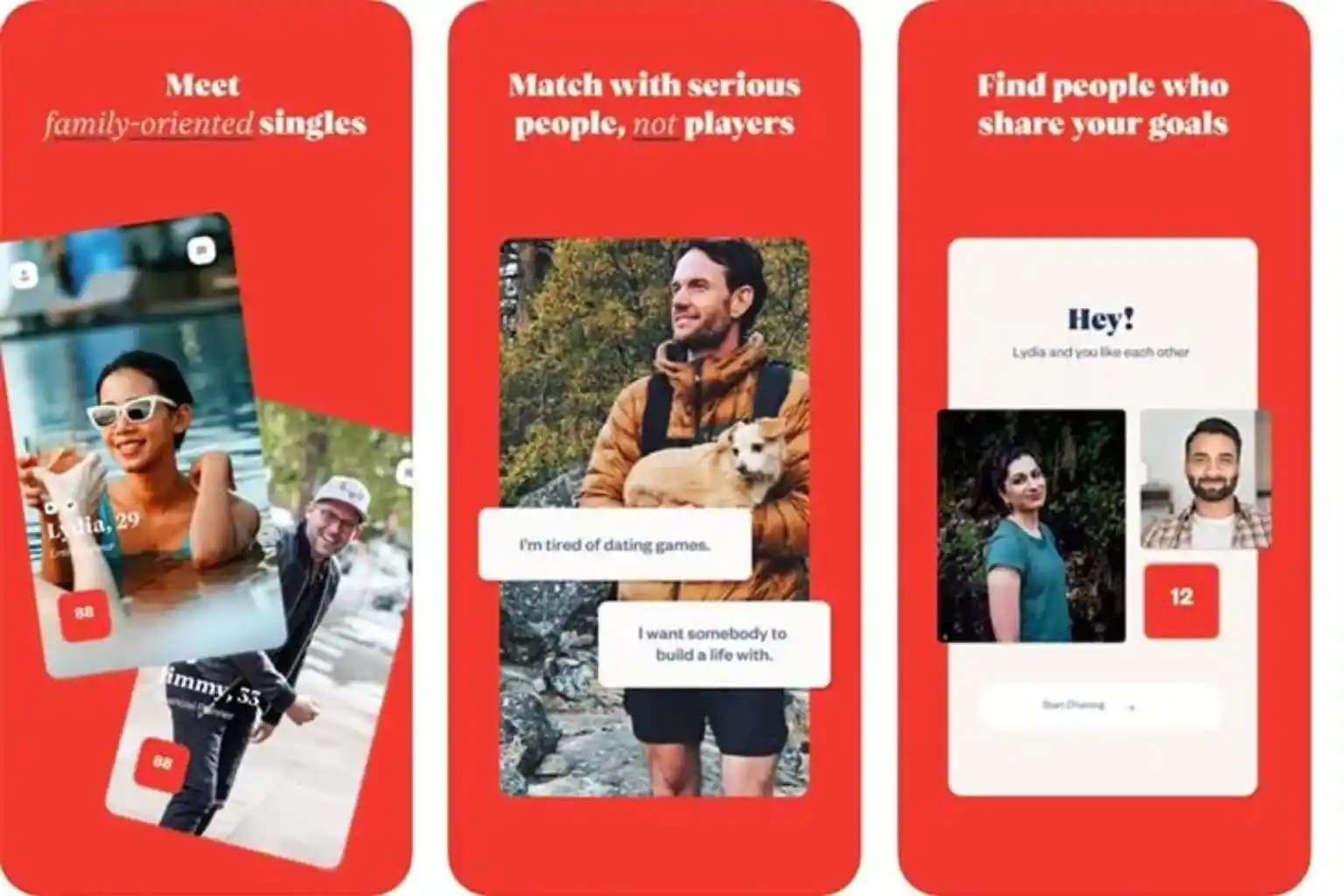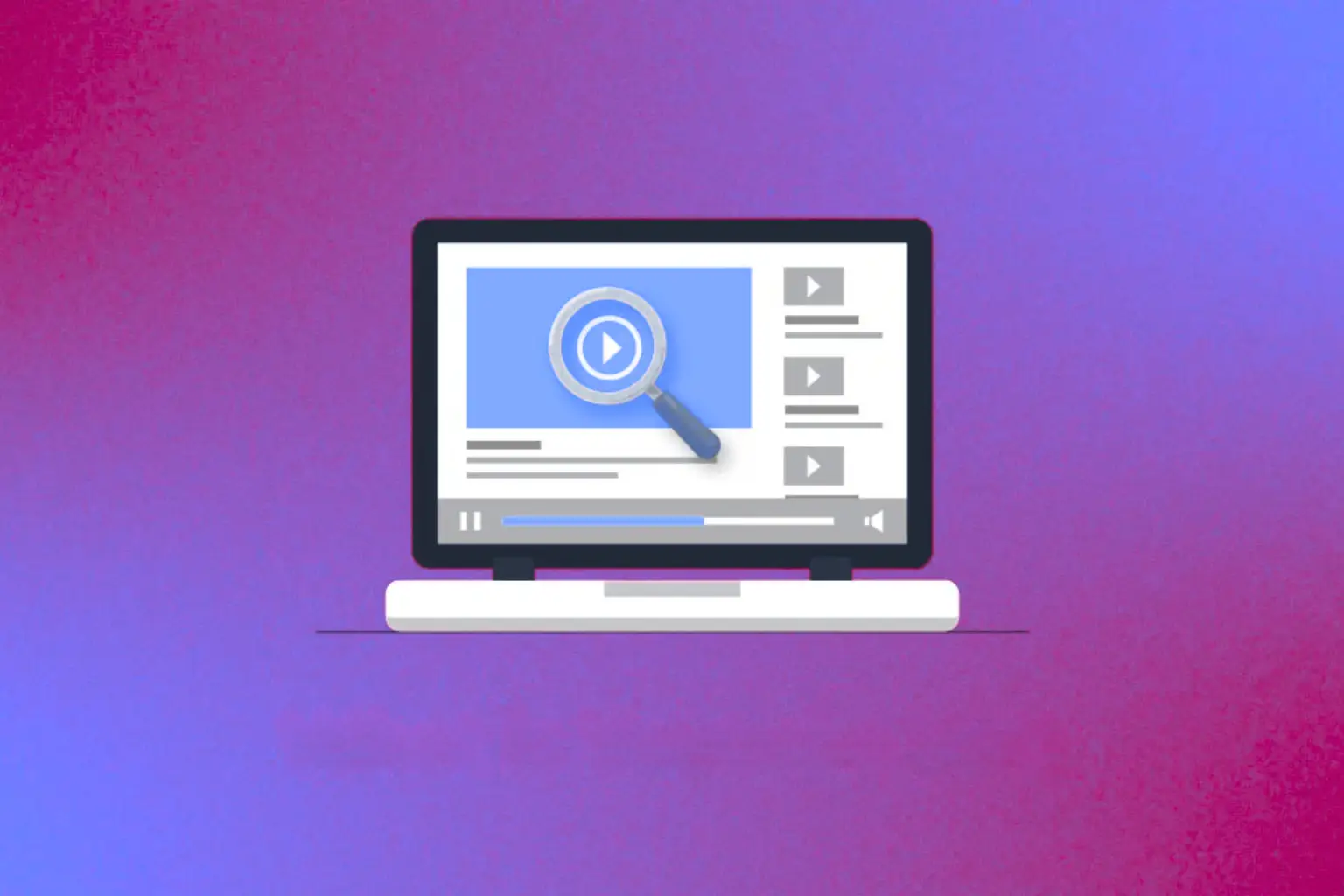
Delivery apps have become essential tools in today’s digital economy. Whether for food, groceries, or packages, they connect businesses to customers instantly. But building an app is just the start—long-term success depends on choosing the right monetization strategies. In this blog, we’ll explore proven ways to generate revenue and maximize profits from a delivery app.

Commission-Based Revenue Model
The most common way delivery apps generate income is through commissions. Under this model, every transaction made through the app earns the platform a percentage. For example, restaurants or retailers pay a set commission on each order placed via the app.
This model is highly scalable because revenue grows in direct proportion to order volume. As the customer base expands, the platform earns more without significantly increasing operational costs. This makes it attractive for startups and established businesses alike.
Commission rates vary depending on the industry, demand, and competition. Food delivery apps, for instance, often charge between 15% and 30% per order. Negotiating flexible rates for high-volume partners can keep vendors satisfied while ensuring profitability.
Transparency is critical in commission models. Vendors want clarity on how commissions are calculated, when payments are settled, and what services they receive in return. Apps that provide detailed reports and seamless payouts build stronger trust with partners.
To maximize profits, businesses must balance commission rates carefully. Charging too high can discourage vendors, while too low reduces revenue potential. Competitive analysis of other apps helps determine a sweet spot.
Those looking to design flexible systems can benefit from delivery app development solutions that support customizable commission structures.
In essence, the commission-based model is reliable, predictable, and widely used across industries. It forms the backbone of many successful delivery apps worldwide.
Subscription and Membership Plans
Subscription models are becoming increasingly popular in delivery apps. Customers pay a recurring fee for access to premium features such as free deliveries, faster service, or exclusive discounts. Amazon Prime and Uber Eats Pass are well-known examples of this model in action.
This strategy works well because it ensures steady, recurring revenue. Even during slow periods, subscriptions provide financial stability. Customers benefit from cost savings, while businesses enjoy predictable cash flow.
Membership tiers allow apps to target different customer segments. A basic plan may offer limited benefits, while premium tiers include perks such as zero delivery fees, priority support, and partner deals. This segmentation maximizes revenue by appealing to multiple audience types.
Subscriptions also strengthen customer loyalty. Once customers commit to a membership, they are more likely to continue using the app to maximize their investment. This reduces churn and increases lifetime customer value.
Businesses can also explore corporate subscription packages. Companies offering lunch delivery to employees or bulk grocery deliveries can sign up for enterprise-level plans, generating high-value recurring income.
Integrating subscriptions with email marketing campaigns ensures that customers are reminded of benefits regularly, reducing cancellations and boosting renewals.
Ultimately, subscription models create win-win situations where both customers and businesses gain lasting value.
In-App Advertising and Promotions
Advertising is a powerful monetization strategy for delivery apps with large user bases. Businesses can pay to feature their products or restaurants at the top of search results, on home screens, or in targeted promotions. This creates additional revenue streams without disrupting the core service.
Sponsored listings give vendors visibility and attract more orders. For example, a new restaurant may pay to appear at the top of the app’s food category, increasing brand awareness among local customers.
In-app banners and targeted ads allow brands to promote seasonal offers, new launches, or discounts. These ads are highly effective because they reach customers at the exact moment they’re ready to place an order.
Apps can also partner with external advertisers to display contextual ads. For example, beverage companies may promote drinks alongside fast-food orders. Cross-selling opportunities like this generate incremental revenue while adding value for customers.
To avoid overwhelming users, apps must strike a balance between ads and user experience. Well-placed, relevant ads enhance engagement without feeling intrusive. This makes advertising a sustainable long-term revenue channel.
Businesses interested in maximizing ad revenue should consider PPC advertising strategies to ensure higher conversion rates.
When executed strategically, in-app advertising can become one of the most profitable features of a delivery app.
Delivery Fees and Dynamic Pricing
Charging delivery fees is another straightforward way to monetize a delivery app. Customers typically pay a service fee in addition to the cost of their order. This fee contributes directly to covering delivery costs and boosting profit margins.
Dynamic pricing adds further flexibility. By adjusting fees based on distance, demand, or order value, businesses can maximize revenue while balancing customer expectations. For instance, higher fees during peak hours ensure profitability when demand is high.
Customers are generally willing to pay extra for convenience and faster service. Offering options such as express delivery at a premium price creates additional revenue streams. Tiered delivery services allow customers to choose between standard, express, or priority delivery.
Delivery fees also incentivize larger orders. For example, apps can waive fees on orders above a certain amount, encouraging customers to spend more. This increases average order value while still maintaining profitability.
To improve customer acceptance of delivery fees, transparency is essential. Clear communication of how fees are calculated prevents negative perceptions and builds trust.
Cloud kitchens and retailers can integrate this model with e-commerce app development to ensure seamless order handling and fee management.
Overall, delivery fees and dynamic pricing strategies offer flexible, customer-friendly ways to increase profitability.
Partnerships and Cross-Promotions
Strategic partnerships can significantly increase delivery app revenues. By collaborating with restaurants, retailers, and service providers, apps can earn commissions, ad fees, and customer loyalty.
For example, a food delivery app can partner with beverage companies to bundle drinks with meals. Grocery delivery platforms can collaborate with household brands to offer discounts on essential items. These cross-promotions benefit both the app and the partner brand.
Partnerships with payment providers also open up monetization opportunities. Apps that integrate with digital wallets or banks can earn transaction fees, promotional revenue, or co-branded offers.
Co-marketing campaigns amplify reach. When partners promote each other through email, social media, or in-app banners, both parties benefit from shared audiences and increased sales.
Exclusive deals with popular brands make customers more likely to download and keep the app. This increases the app’s stickiness and long-term engagement.
Businesses seeking growth should integrate partnerships with social media marketing campaigns to maximize visibility.
Cross-promotions and partnerships create diverse income streams and help delivery apps stand out in a crowded marketplace.
Data Monetization and Business Intelligence
Data is one of the most valuable assets a delivery app can generate. With thousands of transactions happening daily, apps collect insights into customer preferences, buying habits, and regional demand patterns.
This data can be monetized by offering analytics services to vendors. Restaurants, for instance, may pay for detailed insights into sales performance, customer demographics, and peak demand times. These reports help vendors optimize their operations.
Data can also inform advertising strategies. By offering vendors targeted ad placements based on customer behavior, apps can charge premium rates for high-performing campaigns.
Aggregated data insights are valuable for market research firms, FMCG brands, and logistics providers. Selling anonymized, aggregated reports creates additional revenue without compromising customer privacy.
Business intelligence tools powered by AI development allow delivery apps to create predictive models. These can forecast demand, optimize pricing, and reduce operational inefficiencies.
With proper data governance and transparency, data monetization becomes a powerful way to diversify income streams.
When leveraged responsibly, customer and vendor data create win-win scenarios: better insights for partners and new revenue streams for app owners.
Premium Services and White-Label Solutions
Premium services allow delivery apps to offer value-added features for an additional cost. Examples include priority delivery, dedicated customer support, or access to exclusive restaurant menus. Customers willing to pay more enjoy a premium experience, while the app generates higher margins.
White-label solutions are another strong monetization path. By licensing their technology to smaller businesses or niche markets, delivery apps can generate revenue without handling operations directly. This model works well for startups that want to enter the market quickly but lack the resources to build their own platform.
Premium services also appeal to vendors. For example, restaurants can pay extra for advanced analytics dashboards, marketing support, or dedicated app promotions. These upsells increase vendor loyalty and generate additional revenue.
Businesses with the right technical foundation can explore custom development solutions to expand their service offerings and monetize premium features.
Providing these premium services differentiates the app from competitors and creates diversified income streams. It also allows for higher profit margins compared to standard commissions.
With the global delivery market growing rapidly, offering premium and white-label solutions ensures long-term sustainability and profitability.
As competition intensifies, delivery apps that diversify revenue through premium offerings will gain a significant advantage.
Conclusion
Monetizing a delivery app goes beyond basic commissions. By diversifying revenue streams—through subscriptions, ads, partnerships, data monetization, and premium services—apps can maximize profitability while delivering more value to customers and vendors.
Each strategy should be adapted to the app’s target audience and market conditions. By combining multiple monetization models, businesses can ensure sustainable growth and financial resilience.
Ready to launch or scale your delivery app? Get a Quote today and let Mahi Media Solutions design a profit-optimized app tailored to your business needs.





